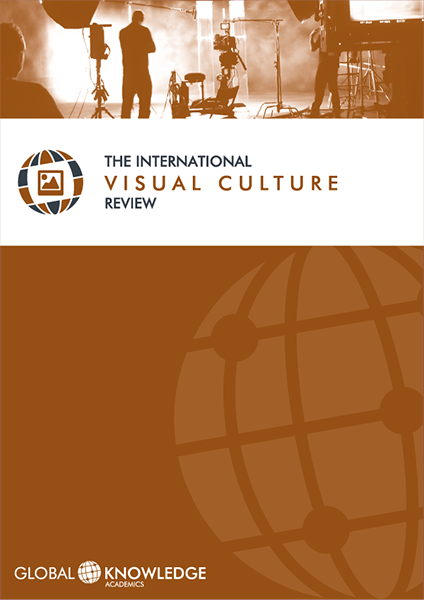Changing Perception of Beauty in India
DOI:
https://doi.org/10.37467/gka-visualrev.v1.1729Keywords:
Perception, Perfection, Stereotypes, Appearance, TransformationAbstract
What do we perceive as beautiful and why? Is it a reflection of the social scenarios, economic backgrounds or perhaps our history that influences us?
The paper investigates and analyses the reasons for the stereotypical perceptions of beauty and discusses the slow but evident transformation that is taking place in our country. With access to the world via social media there is an interesting emergence that seems to have gained momentum in the last decade. This instantaneous and uninterrupted access to all forms of media has left one either trapped in the hope to achieve superficial perfection or towards a sense of liberation. There is enough evidence that the hurried homogenized half-digested content being offered has led to an overwhelming obsession with one’s appearance. Feeding on the insecurities has benefited many organizations and individuals.
Downloads
Downloads
Published
How to Cite
Issue
Section
License
Those authors who publish in this journal accept the following terms:
- Authors will keep the moral right of the work and they will transfer the commercial rights.









